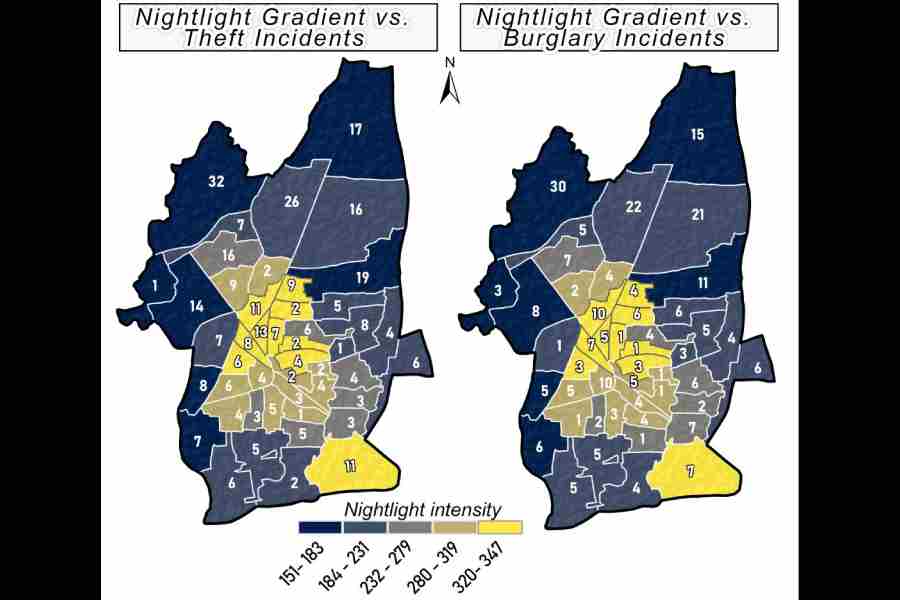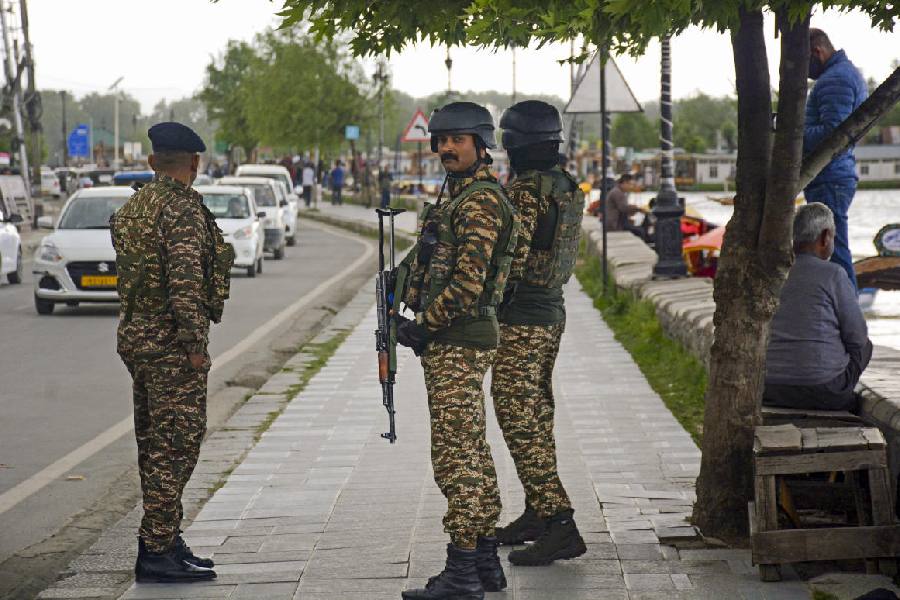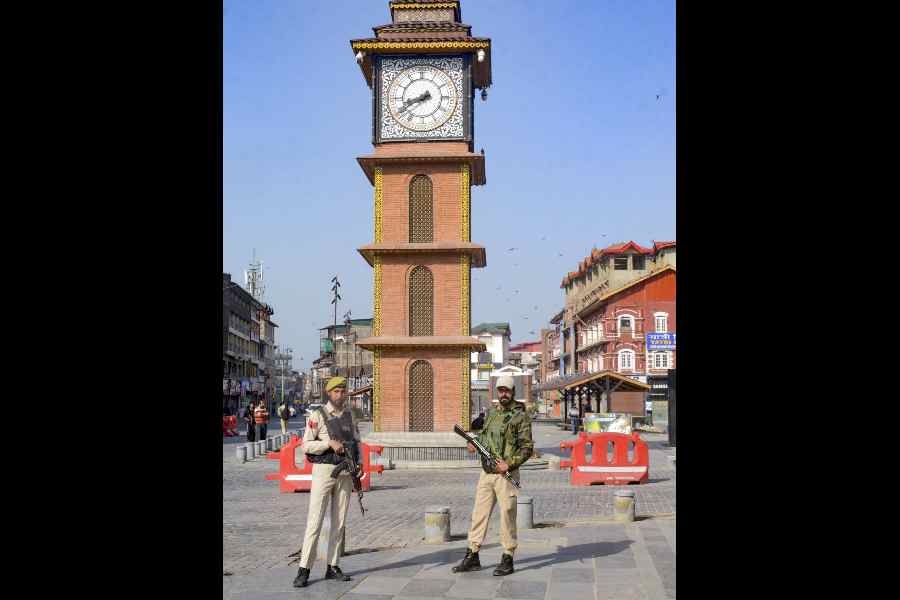Siliguri has offered fresh evidence for an age-old truth: burglars thrive in the dark.
Researchers at the University of North Bengal have documented a pronounced pattern of lower crime rates in neighbourhoods that are exceptionally bright during nights —although with notable exceptions near Siliguri’s main market and railway station.
Their analysis of crime statistics alongside satellite imagery of the north Bengal city has found that every unit increase in night-time illumination lowers the risk of burglary (breaking in and stealing) by 24 per cent and theft (robbing a person) by 14 per cent.
The study, published in the journal Remote Sensing Applications: Society and Environment, has validated a pattern earlier documented by research groups in Cincinnati in the US, Lanzhou in China, and Vienna in Austria.
Certain neighbourhoods in Siliguri’s northern areas with the poorest average night-time illumination had the highest rates of registered burglaries and thefts. For instance, Champasari ward had 32 thefts and 30 burglaries and Salugara ward had 17 thefts and 15 burglaries between 2021 and 2023.
Bankim Nagar, another poorly lit northern ward, witnessed 16 thefts and 21 burglaries during this three-year period. Adjacent Dashrath Pally, with similar levels of low illumination, saw 26 thefts and 22 burglaries.
Areas with brighter night-time illumination had fewer robberies. For instance, College Para recorded four thefts and three burglaries over the same three-year period, and Hakim Para and Rabindra Sarani had two thefts and one burglary.
“The pattern we see is not perfect because multiple factors influence crime rates,” said Subham Roy, a research scholar at the university’s geography department who conducted the study.
Among the exceptions was the well-illuminated neighbourhood of the New Jalpaiguri railway station in the southeast part of Siliguri, which recorded 11 thefts and 7 burglaries during the study period. The Bidhan Market area in downtown Siliguri was also well-lit at night but witnessed 13 thefts and 5 burglaries.
“The relatively high counts of theft or burglary in such crowded areas like the market or the main railway station could (reflect) opportunistic incidents — offenders might be drawn to such areas because they offer more opportunities for theft,” Roy said.
Roy, supervised by assistant professor of geographyIndrajit Roy Chowdhury,used urban crime statistics from the Siliguri Metropolitan Police and imageryfrom a Nasa satellite for night-time illumination data across Siliguri.
The researchers selected only burglary and theftfor the analysis because violent crimes are frequently motivated by interpersonal relationships or social dynamics and are less likely to be influenced by environmental factors such as illumination levels.
Their findings are in line with the classical crime pattern theory that explains how certain crimes occur based on the movement patterns of offenders and victims, and the opportunities available in any given environment.










